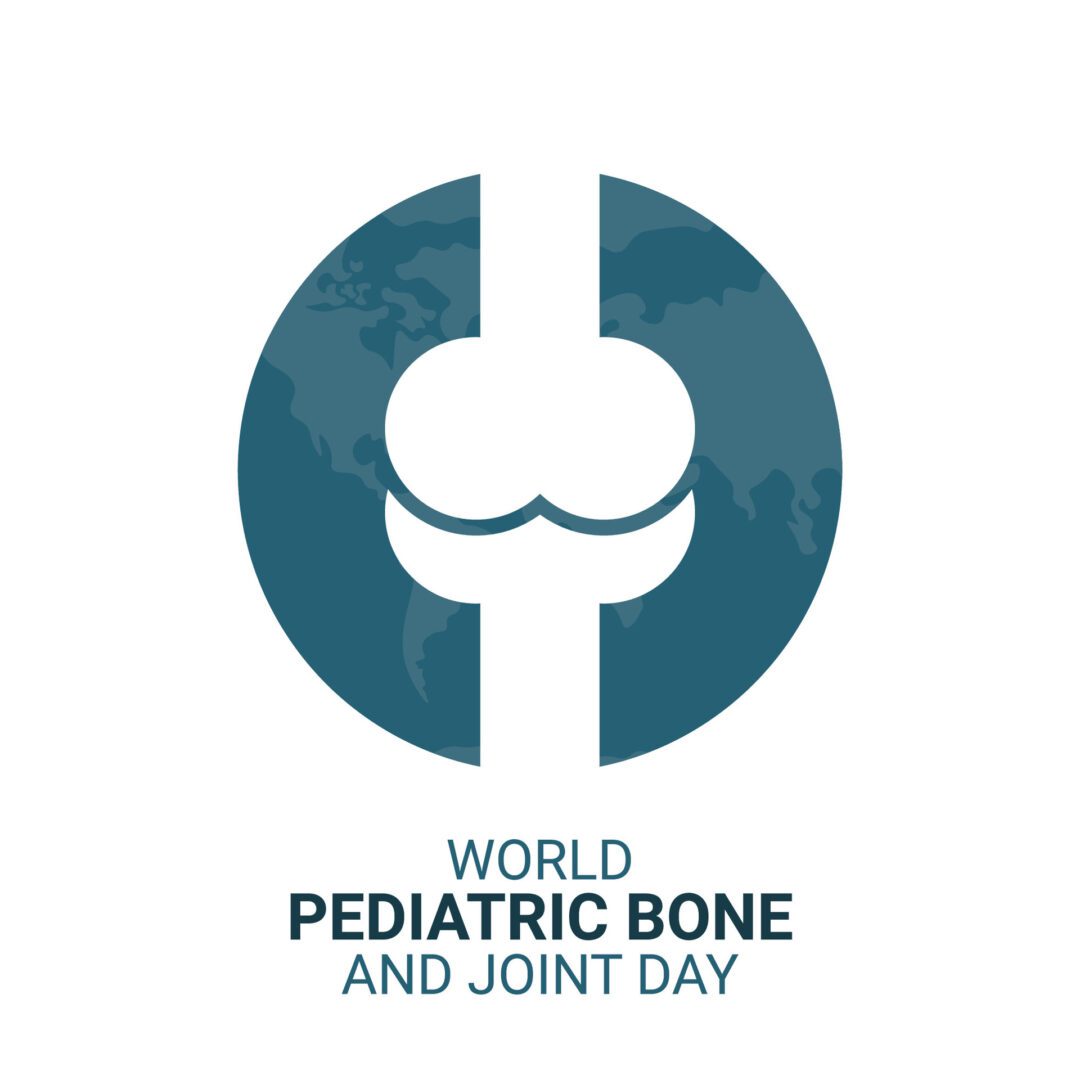Search by Color or Cause


World Pediatric Bone and Joint Day is an observance held on October 19 each year. The day aims to raise awareness about pediatric musculoskeletal conditions. And it works to promote early detection and treatment. It also emphasizes the importance of bone and joint health in children.
World Pediatric Bone and Joint Day focuses on various conditions affecting the bones and joints in children. These include fractures, growth plate injuries, scoliosis, developmental dysplasia of the hip, and other musculoskeletal disorders. The goal of this awareness day is to educate the public. In addition, it aims to educate healthcare professionals and policymakers about these conditions. In turn, it emphasizes their impact on children’s overall health and quality of life. Wear a white pin, fabric ribbon or white wristband for World Pediatric Bone and Joint Day.
The most common fracture among children is the distal radius fracture, also known as a wrist fracture. This type of fracture occurs in the area near the wrist joint, usually as a result of a fall onto an outstretched hand. Distal radius fractures are particularly common in children due to their active nature, involvement in sports and recreational activities, and the fact that their bones are still developing and are more prone to injury.
Growth plate injuries, also known as epiphyseal plate injuries or physeal fractures, occur in the cartilaginous growth plates at the ends of long bones in children and adolescents. The growth plates are responsible for bone growth and development, and they gradually close as a person reaches skeletal maturity. These injuries typically occur in children and adolescents whose bones are still growing. The growth plates are weaker than the surrounding bone, making them more susceptible to injury. Growth plate injuries can happen due to various causes, such as trauma from a fall, sports-related activities, or accidents.
Scoliosis is a condition characterized by an abnormal sideways curvature of the spine. When it occurs in children and adolescents, it is known as adolescent idiopathic scoliosis (AIS). AIS is the most common type of scoliosis and typically develops during the growth spurt that occurs just before puberty, usually between the ages of 10 and 18.
Developmental dysplasia of the hip (DDH), also known as hip dysplasia, is a condition that affects the development and alignment of the hip joint in infants and young children. It occurs when the hip joint fails to develop normally, leading to instability, improper alignment, or dislocation of the hip joint.
In children, overuse syndrome refers to a condition that occurs when a particular body part or joint is subjected to repetitive stress, strain, or excessive use without adequate rest and recovery time. This can lead to irritation, inflammation, and injury in the affected area.
World Pediatric Bone and Joint Day highlights the importance of early intervention, and supports research efforts in the field of pediatric orthopedics.